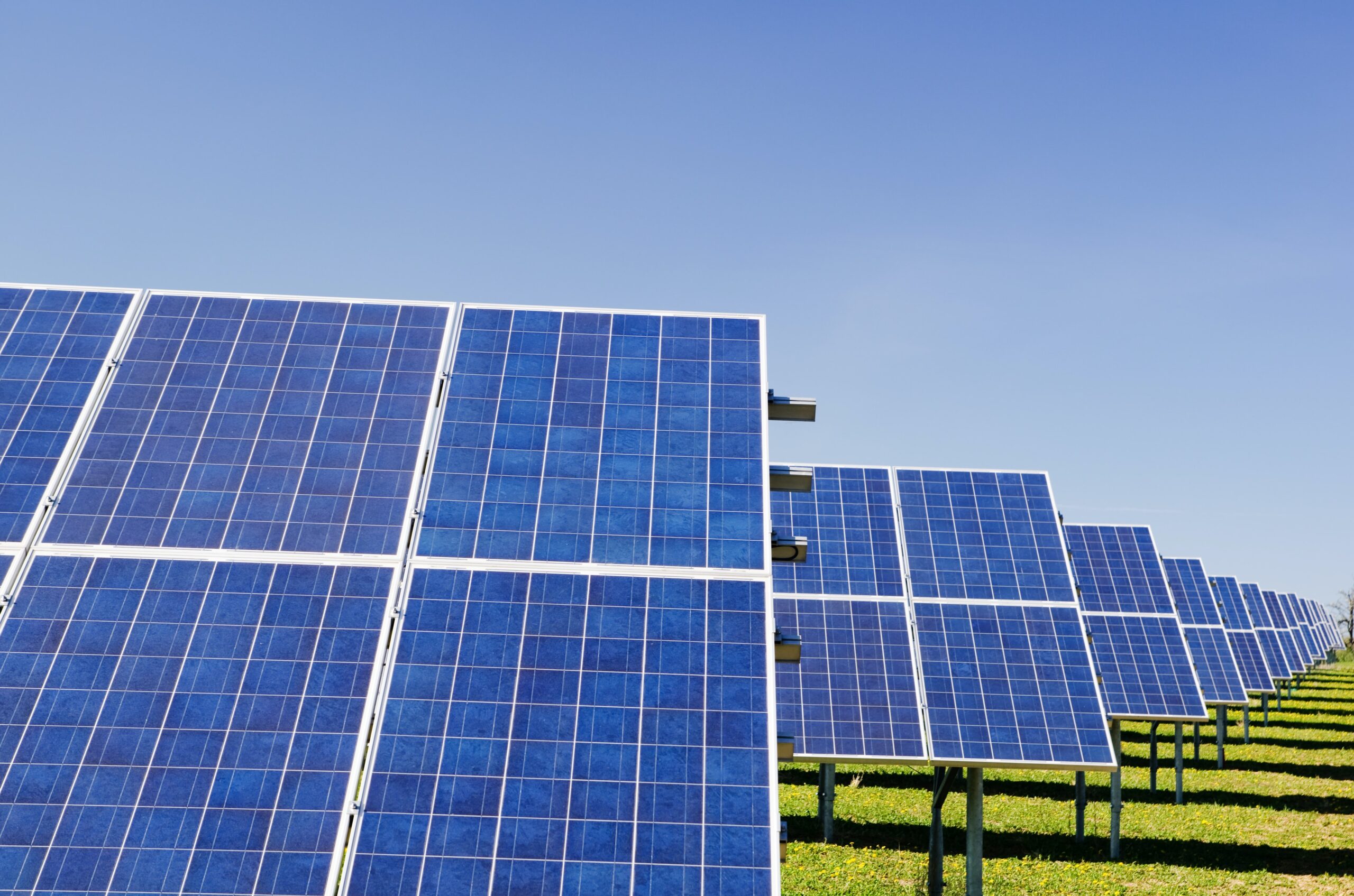
Clean Energy Transition
The clean energy transition is bringing a major structural change in the generation profile of electricity systems around the world. The International Energy Agency says that while proper policies can ensure reliable energy access during the transition, the diffuse and decentralised nature of much renewable generation also raises the risk of cyberattacks, and many clean energy technologies rely on metals and minerals that are in tight supply. So, how can a holistic and fair energy transition be ensured?
The answer is by taking a multifaceted approach that incorporates the following elements.
Firstly, we must diversify our energy supply lines by incorporating multiple sources of renewable energy, rather than becoming overly dependent on one type of solution. This will increase resilience against supply disruptions. We should also utilise mature supply segments where capital has already been invested, and there is spare capacity.
Secondly, the energy sector needs to embrace solutions that do not compete against larger market segments, which often have greater buying power and can drive up prices for scarce resources. This is particularly relevant when thinking about energy storage solutions, where competition for resources required for batteries can be fierce. For example, static batteries currently must compete with the automotive sector, which can offer larger contracts and drive demand, while Vanadium Redox Flow batteries rely on vanadium, which is used in stainless steel production; this demand has a dynamic effect on the price of the solution.
Additionally, we must ensure that the commodities used in clean energy solutions are abundant, and available from broad and politically/economically stable geographic locations. This will help to ensure the stability of the energy supply and the sustainability of the transition. Moreover, access to electricity should be equal regardless of location and the maturity of existing grid solutions. In regions with less developed energy infrastructure, microgrids can play a crucial role in ensuring access to electricity.
Finally, while there may be some concerns about the decentralised nature of renewable energy generation, it can actually increase energy security by reducing dependence on large, centralised power stations. Security can be further enhanced by embedding energy generation next to critical infrastructure, such as hospitals, data centres, emergency services, manufacturing and food supply logistics.
